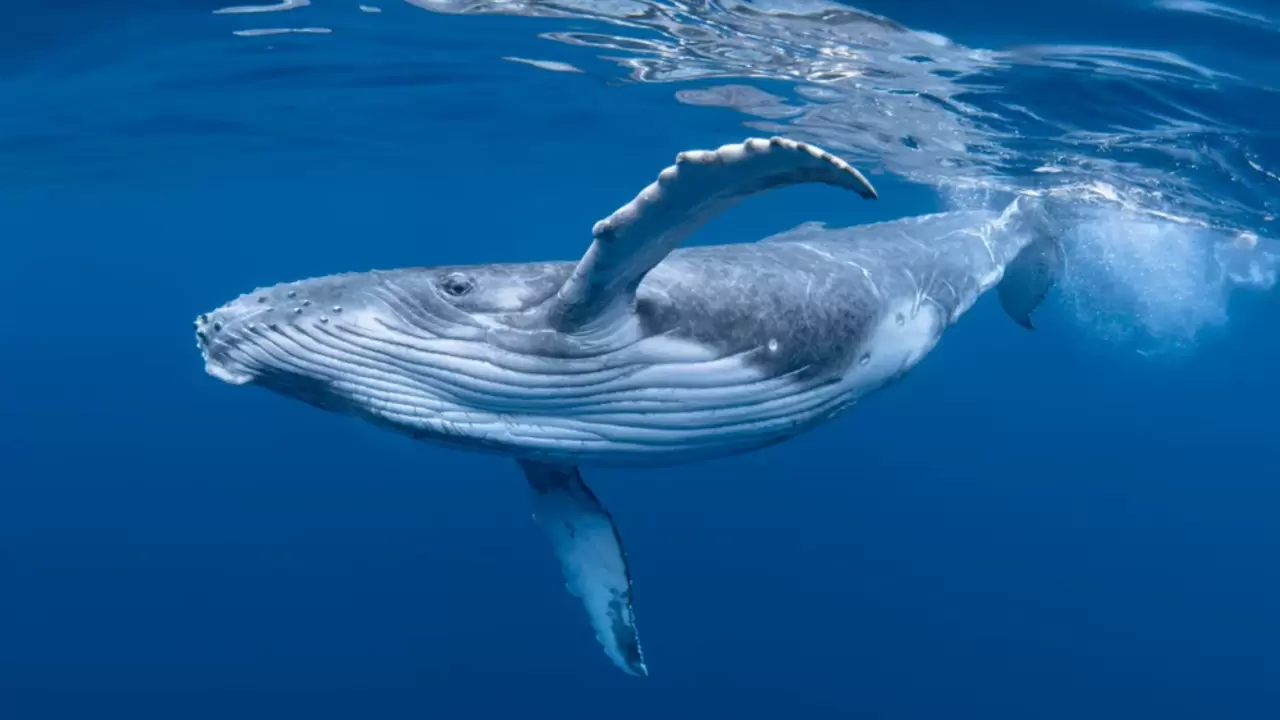According to Daniel Palacios, the tag greatly improves researchers’ ability to observe key events in whale behavior, identify key habitats, and better understand whales’ response to human activities such as ship traffic or military sonar.
As shipping increases, whales around the world are at greater risk of colliding with large ships. The top 30 meters of the water column – the vertical area from the surface of the water to the bottom of the ocean – is considered a “danger zone” for whales passing through shipping lanes.
“One of the benefits of these new tags is that they give us information about how much time whales spend in the danger zone during their migration,” Palacios said. Said. “With this information, we can identify high-risk areas and make more informed decisions to protect whales from the threat of ship collision.” He added that the ability to monitor diving behavior and detect changes could also be used to measure how whales respond to loud sound sources such as sonar used by the US Navy.
The new tags, placed under the whales’ skin, were tested on 14 blue and 14 humpback whales off the coast of Southern California.
Source: Ferra










